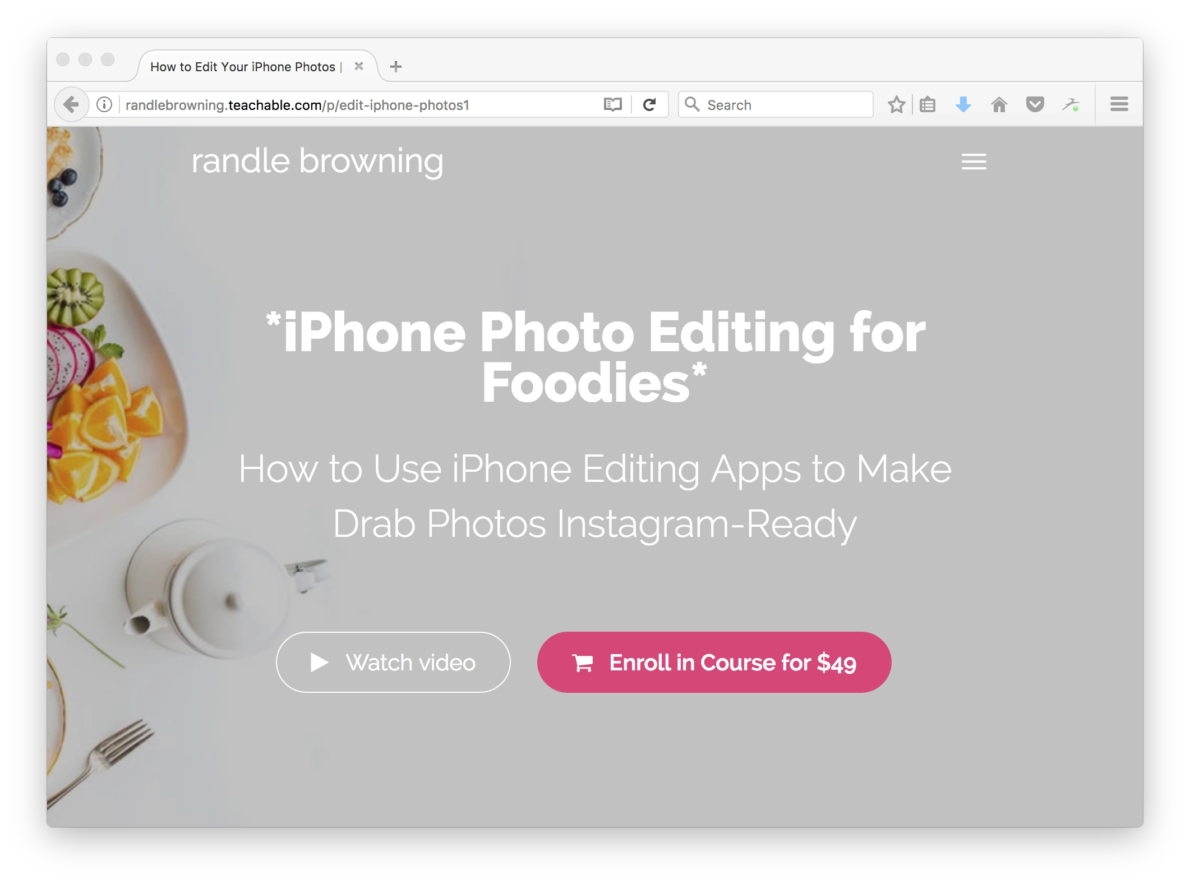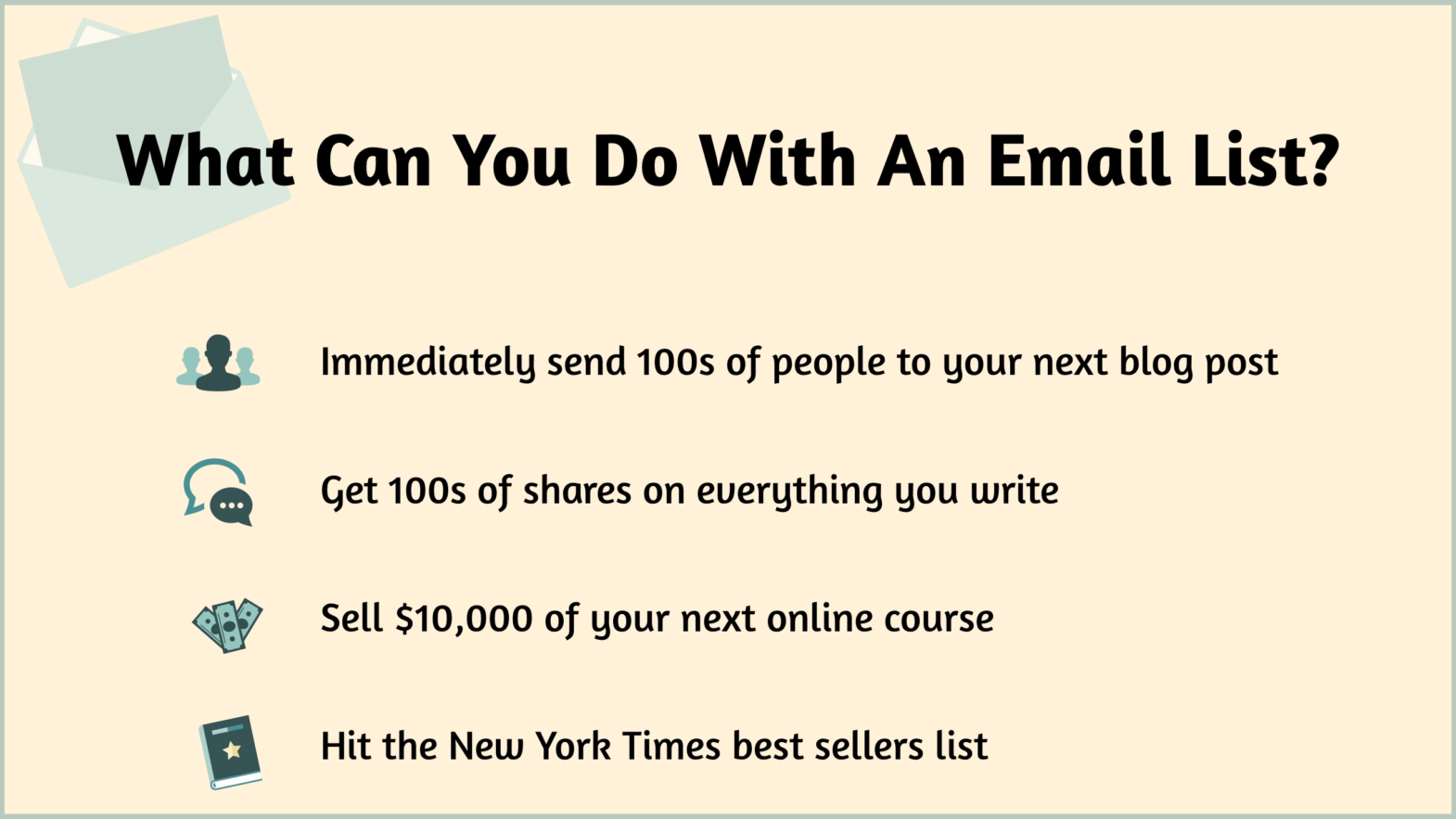The one universal reality for entrepreneurs is that your time is valuable, and you probably don’t have as much of it as you’d like. Hardly enough time to take on being a coach and/or a client.
This is especially true when you’re working in a service based industry and working directly with clients. No matter how much of a people person you are or how much working directly with customers delights you, the unfortunate reality is that you’re bound by time.
As your business grows and your popularity skyrockets, your flow of client requests will increase and eventually you’ll find that you have more potential clients than you do hours in a day. You will want to diversify your business before that happens so you don’t have to turn anyone away.
What do you mean by diversifying?
In short, it’s great to have multiple tiers to your business so you can serve customers at all levels. This can include the relationship between coach and client.
For example, if you’re an online coach and your primary service is helping people transform their six-figure businesses into seven-figure businesses, you’ll likely catch the eye of many people who only have four or five-figure businesses.
While they aren’t ready for your 1:1 coaching quite yet, they could benefit from other products or services to help them reach that level.
For example, you could create a free mini-course walking people through tracking their income in their business. This is your “foot in the door” product that can appeal to a range of audiences.

This type of products for coach and client can catch a variety of people’s attention. From people who haven’t started their businesses yet to entrepreneurs a few years in looking to brush up their bookkeeping skills.
Through your mini-course, you’ve now grown your email list and you can market a mid-level product.

Your 1:1 training is intended to bring people to a seven-figure business. In the meantime, countless people are scratching their heads wondering how to scale their 10k a year side hustle to a six-figure business.
The benefits of selling a course to clients
Creating a full online course for those people will do a few things:
- Move people along your funnel. Once they pay $800 for your online course that helps them earn $100,000 in a year, they’re going to trust you and be willing to buy from you again.
- Qualify the people who are reaching out for your coaching services. On your sales page, you can directly say, “Don’t make six-figures with your online business yet? My coaching program isn’t right for you. In the meantime, investing in my online course will help you scale your business to six-figures in six months!”
- Save you time. You’re a well-respected entrepreneur in your niche, and people want to work with you. By gently pushing less qualified people in the direction of a course that you createdwith them in mind, you’ll have fewer people emailing and requesting to work with you when they’re not ready, meaning you’ve got less mail to comb through.
Intimidated about creating an online course? Download our free course creation bundle to make the process easier:
Creating a course mirroring your coaching business
Another option is creating an online course for the exact people who doqualify for your coaching program.
The idea is that you probably have more demand for your coaching than you have time to coach people, and if you don’t already, you’ll get to that point as your business grows.
With that in mind, you could create an online course mapping out the same ideas that you walk through in your coaching business.
This would help you:
- Work with more people. While there is no way you could offer 1:1 coaching to tens of thousands of people each year, you canenroll tens of thousands of people in your online course.
- Be more choosy with the 1:1 clients you take on. Turning people who aren’t exactly the right fit for your coaching program can feel bad, but you can alleviate those feelings of guilt if you’re able to refer them to another program.
- Earn passive income. When you’re an online entrepreneur, you have to plan for the worst. If your only source of income is working 1:1 with someone and your appendix bursts, you might miss out on weeks of clients while you’re on the mend. Having passive income streams in place will help minimize the financial loss that comes with emergencies.
- Take a vacation. Again, if you’re only selling coaching packages, any time away from your business means a loss in potential income. On the other hand, if you decide you want to take a month off to take the road trip of your dreams, you can continue to earn on the go with your online course.
- Work with clients who can’t afford your coaching packages. At the end of the day, there are going to be people who would love to work with you, but they simply can’t afford to. Creating a cheaper product can help you help more people.
Pricing your online course
Before we get started, let me tell you this: Most online course creators don’t charge enough for their online product. $100 is the minimum you should charge for your most basic online course, and even then sometimes $100 isn’t enough.
As a quick guide for how much you should be charging:
- Mini-courses – FREE (or up to $50)
- Regular courses – $100–500
- Flagship courses and programs – $500+.
You can also set a goal and use this formula to help set your price:

{{profitable-component="/blog-shortcodes/blog-popup"}}
Using premium pricing can be intimidating, I get it. However, it’s so important. It’ll help you maintain your sanity and meet your revenue goals with greater ease. Let’s discuss why that is:
- Perceived value: Your customers are going to believe that a higher priced course will provide more value. Think about it. If someone was giving away free couches and offered you a $100 couch or a $2,800 bicycle, which would you choose? Probably the more expensive one because you perceive it to have a higher value and higher comfort level.
- Weed out students: Cheaper courses will attract students who aren’t really in your target audience, which means they might not experience your intended outcome. These are the students who will be dissatisfied and may even request a refund. It’s better to avoid them from the get go.
- Reach your goals: If you are trying to make $2,000 with your online course, it’ll be easier to convince four people to pay you $500 than it will be to convince 40 people to pay you $50. The lower you price your course, the larger your audience will need to be to hit your goals.
You’ll charge less for your online course than you will your 1:1 coaching packages, but this course will still be a premium product and should be priced accordingly.
If your online coaching packages start at $2,500, I might consider pricing your online course at $1,250.
Transitioning to a course-based business model
We’ve seen so many online coaches shift their focus to online courses because they love the freedom and the ability to work with more students at a time.
If you find that you want to shift from coaching to courses, consider slowly raising the price of your coaching packages until you’re only working with a few high paying clients a month, or discontinue coaching entirely if that’s your preference.
And if you’re a coach and a course creator, let us know in the comments what you think the pros and cons of each are! You’ll know best all the details between coach and client.
Also, don’t forget to download our free course creator bundle!
As always, if you have any questions please let me know and I’ll answer them in the comments!
Join more than 150,000 creators who use Teachable to make a real impact and earn a real income.


.png)



.png)

